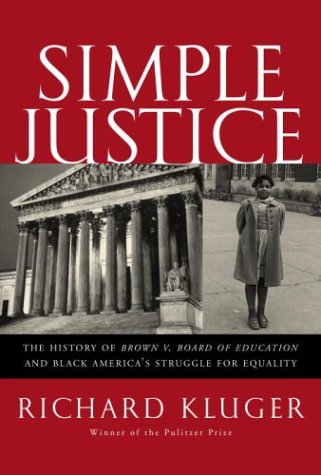Copyright
© 2003 Calvin House. Appellate Counsellor® and Appellate Decisions Noted® are
registered marks used in commerce by Calvin House since 1995. All rights to those marks
are claimed. |
Calvin House
Gutierrez, Preciado & House, LLP
251 S. Lake Ave., Ste. 520
Pasadena, CA 91101-3003
TEL: 626-449-2300
FAX: 626-449-2330
CHouse@gutierrez-preciado.com |
Information
in this publication does not constitute the rendering of an opinion on any particular
factual situation. Specific advice should be obtained prior to acting on any of the
comments, advice, or recommendations in this publication. |

